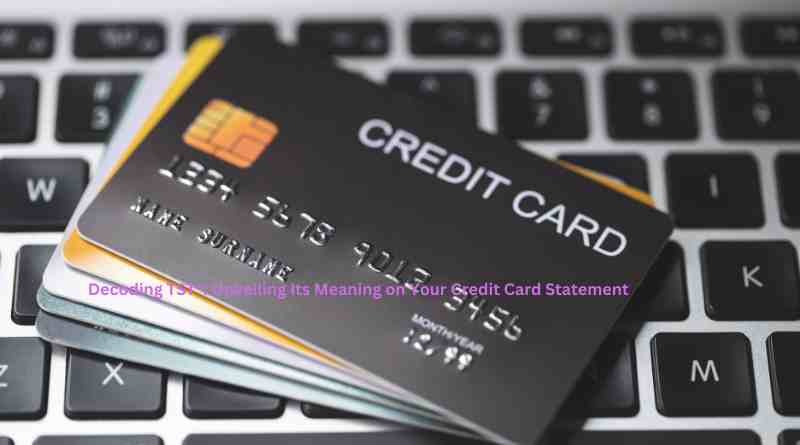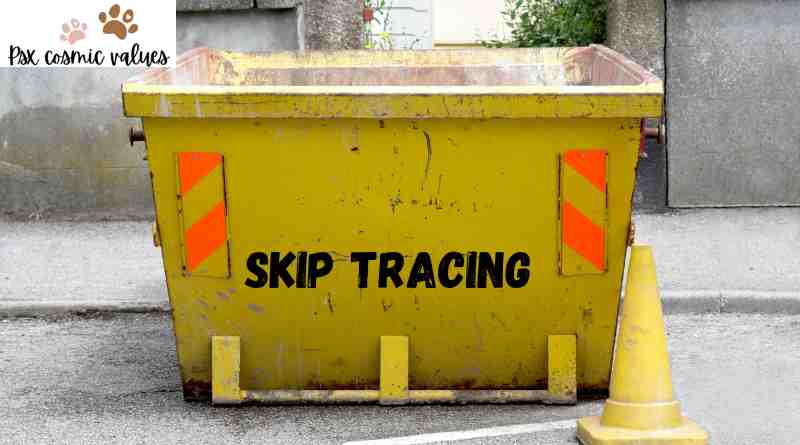In the modern era, where digital transactions are as common as the air we breathe, a myriad of acronyms and codes find their way onto our credit card statements, often leaving us perplexed. Among these, “TST*” stands out as a particularly mysterious notation. This article aims to shed light on what TST* represents, its significance in the realm of financial transactions, and why it appears on your credit card statement. Let’s embark on a journey to decode TST*, providing clarity and peace of mind to those who encounter it.
Understanding Credit Card Statements: A Brief Overview
Before diving into the specifics of TST*, it’s crucial to understand the context in which such notations appear. Credit card statements are comprehensive records of all transactions made with the credit card within a billing cycle. These documents are meticulously designed to provide clear insights into your spending habits, outstanding balances, due dates, and any fees or charges applied. Among these details, transaction listings are particularly noteworthy. Each entry typically includes the date, the merchant’s name, the transaction amount, and sometimes, a cryptic abbreviation or code, such as TST*.
The Enigma of TST*: What Does It Stand For?
TST*, at its core, is a placeholder used by certain businesses, especially those operating in the digital space, to identify transactions. The asterisk (*) is often a signifier that what precedes it is an abbreviation or a shorthand for the company’s name or the service provided. Therefore, TST could refer to a specific merchant, service, or even a type of transaction. It’s not uncommon for companies, especially online services, subscription-based platforms, and tech companies, to use such abbreviations for billing purposes.
Identifying TST* Transactions
The first step in unraveling the mystery of a TST* transaction is to match the date and amount listed on your credit card statement with your purchase history. Consider online subscriptions, digital services, or any recent transactions that might not immediately resonate with a familiar merchant name. TST* could very well be an acronym for a tech service, a subscription tool, or even a test transaction made by a financial institution or a merchant to verify the functionality of the payment system.
Common Sources of TST* Transactions
- Subscription Services: Many subscription-based platforms, particularly those in the technology and entertainment sectors, use abbreviated codes like TST* for billing. These can include streaming services, cloud storage, software subscriptions, or membership fees.
- Online Marketplaces and E-commerce: Transactions made on e-commerce platforms or through third-party payment processors might appear as TST* if the seller or the platform uses this code for their billing identification.
- Digital Services and Apps: In-app purchases or subscriptions to digital services (like premium versions of apps or online tools) frequently use such notations for billing purposes.
- Test Transactions: Sometimes, TST* might signify a test transaction. These are small, often refundable charges made by companies or financial institutions to verify that a payment method is valid and operational.
Investigating and Managing TST* Transactions
Upon noticing a TST* entry on your statement, it’s essential to approach it methodically to understand its origin and legitimacy.
Reviewing Purchase History and Subscriptions
Cross-reference the transaction date and amount with your personal or business purchase history. Check your email for receipts or subscription confirmations that match the details. This step often resolves the mystery, linking the TST* code to a legitimate transaction you made.
Contacting Your Bank or Credit Card Issuer
If the transaction remains unidentified, your next step should be to contact your bank or credit card issuer. They can provide additional details about the transaction, such as the merchant’s full name or contact information, which might not be fully disclosed on your statement.
Disputing Unauthorized Transactions
In instances where a TST* transaction is unrecognized and cannot be linked to any of your activities, it might be unauthorized or fraudulent. Credit card issuers have protocols for disputing such transactions, including fraud investigation processes. It’s crucial to report these promptly to limit liability and resolve potential security issues with your card.
Best Practices for Monitoring Credit Card Statements
The emergence of mysterious codes like TST* on credit card statements highlights the importance of regular monitoring. Here are some best practices:
- Regular Reviews: Make it a habit to review your credit card statements monthly. This helps in identifying any unauthorized transactions or discrepancies early on.
- Utilize Alerts and Notifications: Most banks offer SMS or email alerts for transactions. Enabling these can provide immediate notice of any activity on your account.
- Secure Online Transactions: Use secure payment methods and be cautious of storing your credit card information on websites. Opt for payment services that offer additional layers of security.
- Understand Merchant Codes: Familiarize yourself with the common abbreviations and merchant codes used by companies you frequently transact with. This knowledge can demystify entries on your statement.
Conclusion
While TST* on your credit card statement might initially seem baffling, understanding that it represents a transaction code can alleviate concerns. By systematically investigating these entries and familiarizing yourself with your spending habits, you can easily identify or dispute TST* transactions. Regularly monitoring your credit card statements and adopting secure transaction practices are crucial steps in managing your finances effectively and safeguarding against unauthorized activities. In the vast sea of digital transactions, knowledge and vigilance are your best navigational tools.
Read also: check










Leave a Reply